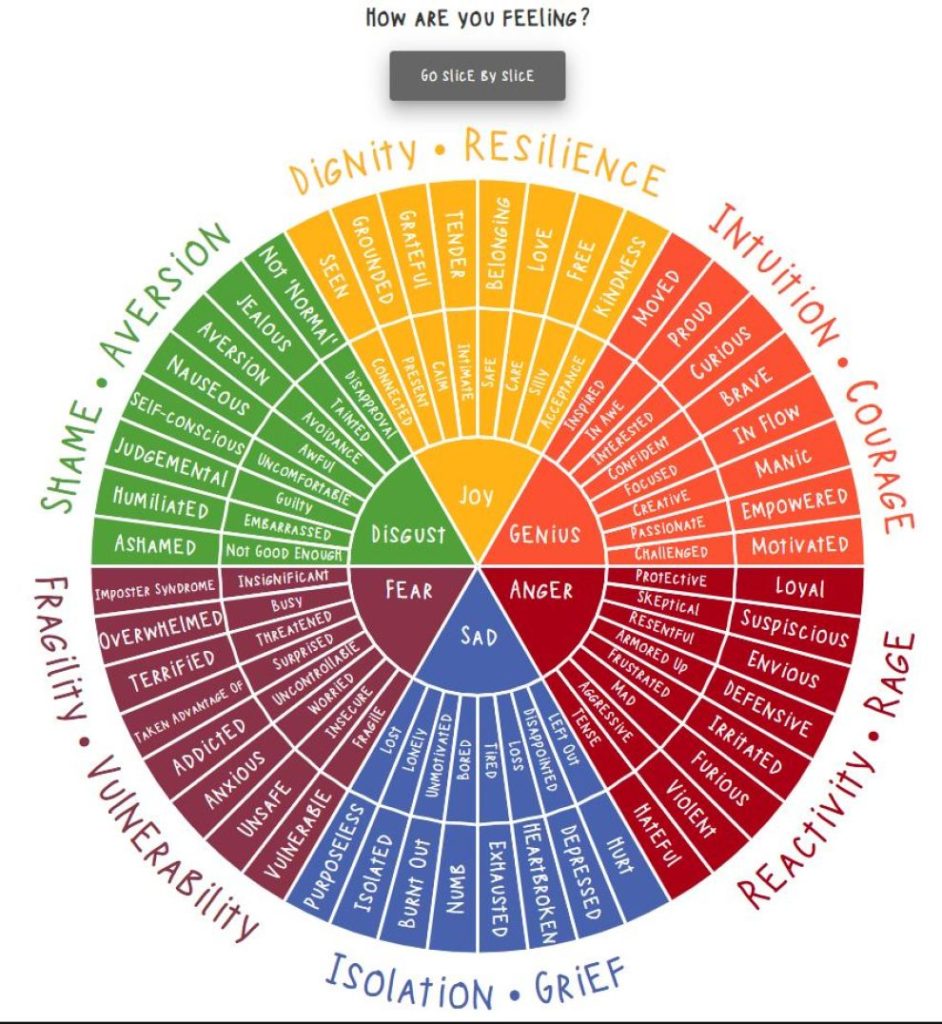A Quick Guide
To be able to identify your emotions is the hallmark of an emotionally intelligent person. Accordingly, such a person has a high awareness of his internal state and can use this knowledge to regulate himself. In other words, we can say that an emotionally aware person is more in control of his emotions, thoughts and how he behaves.
How to identify your emotions
There are many words in the English language to describe the different intensities and types of emotional experiences. Some of these are positive, others are negative and still, others are neutral terms.
A person who has high emotional awareness is able to use the correct word to describe his/her internal state. In other words, he/she has a rich vocabulary which helps him/her in concisely expressing what they are feeling to other people. Furthermore, they utilize the context in expressing their emotional state much more accurately.
For example,
‘I feel very sad’ VS ‘I feel disappointed after getting rejected from three job interviews already.’
In the above example, both statements reflect sadness. However, the second statement uses the correct term of disappointment and context to express the emotional state more fully.
The foundation of emotional awareness: A good vocabulary of emotions
If you want to develop your emotional awareness, the first thing you should do is develop your emotional vocabulary. There are many benefits of having this vocabulary such as:
- It helps you use the correct word to clearly express your feelings.
- People around you can understand exactly what you mean
- Being clear about what you feel and letting others know about it raises the chances of your needs being met.
- You are more likely to resolve the problem when you are aware of where it’s coming from.
Look at the following wheel of emotions. Learn and start using these terms in your daily life to build up your vocabulary. You can find multiple other resources like this online to learn even more different terms.

An Exercise to identify your emotions
After looking at the above wheel of emotions, do the following exercise.
- Make three columns on a piece of paper.
- Note down the names of the emotions you have experienced over the course of your day in the first column.
- In the next column, write positive (+), negative (-), or neutral (0) to indicate the type of emotion.
- Rate the intensity of the emotion from 1-10 with 1 being mild and 10 being severe.
- Add the positive emotions and then add the negative emotions.
- Compare the positive and negative emotions to see your average emotions/mood over time.
By using the above list of emotions and the suggested exercise, you can learn to understand your emotional experience in a better way. You may refer to it whenever you need and use it to accurately perceive, label, and comprehend your emotions. Similarly, you can also use this knowledge to empathize with someone and understand their experience. To further build your vocabulary, note the type of emotions you feel the most and come up with synonyms or related phrases for them. As a result, the great variety of words will help you concisely express your emotional state to others and yourself.
Watch: [Identify Your Feelings]
To learn more about emotional awareness, check out the related articles on this website.



 How to Detect Negative Emotions
How to Detect Negative Emotions